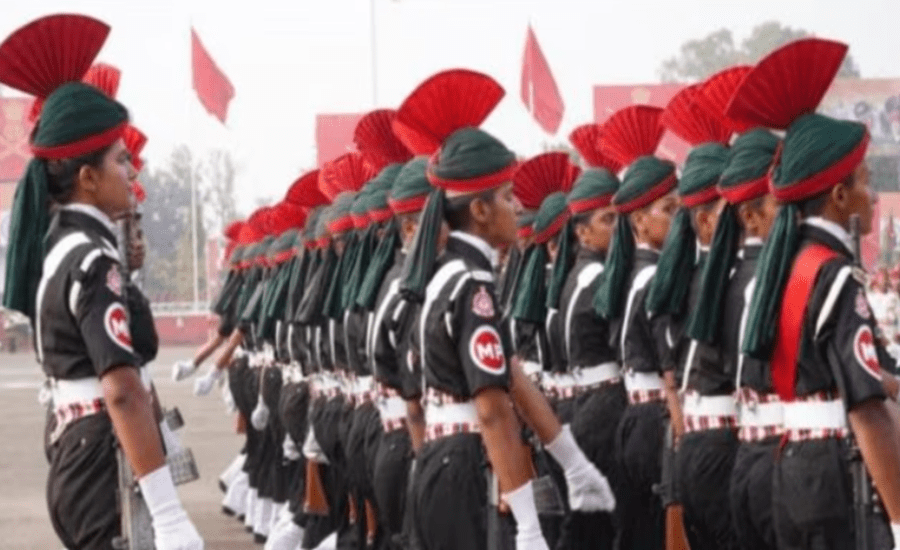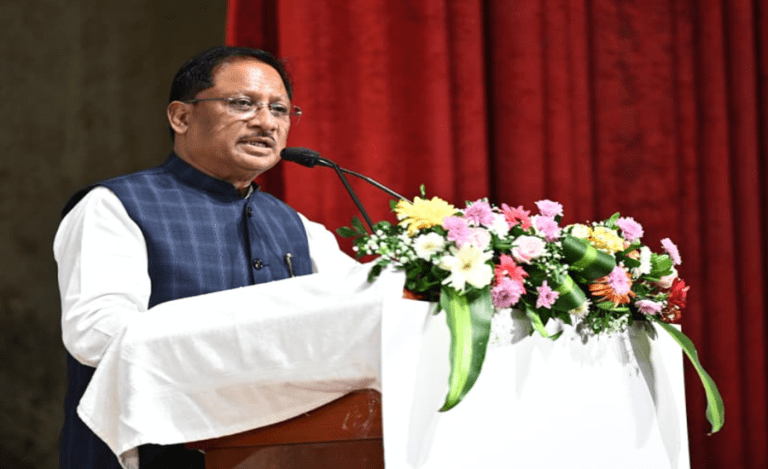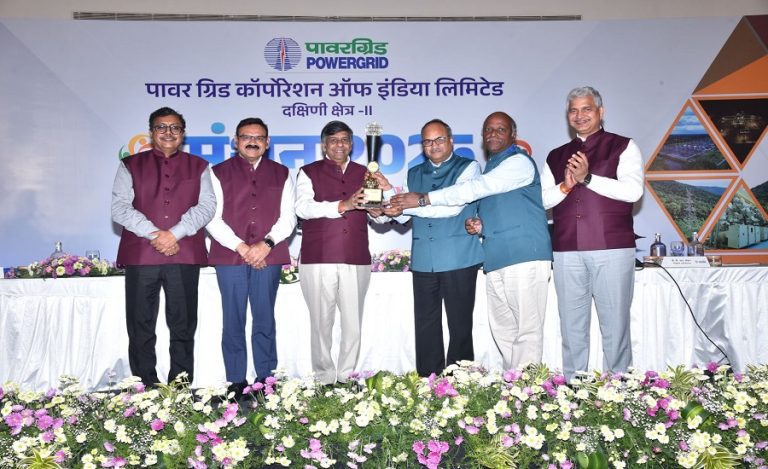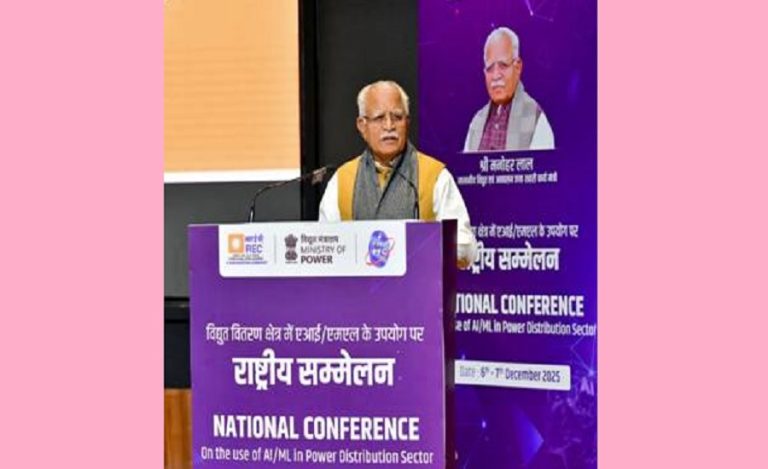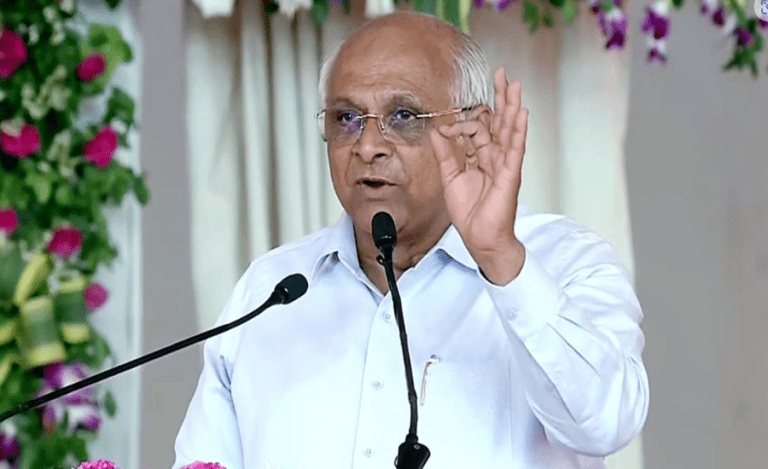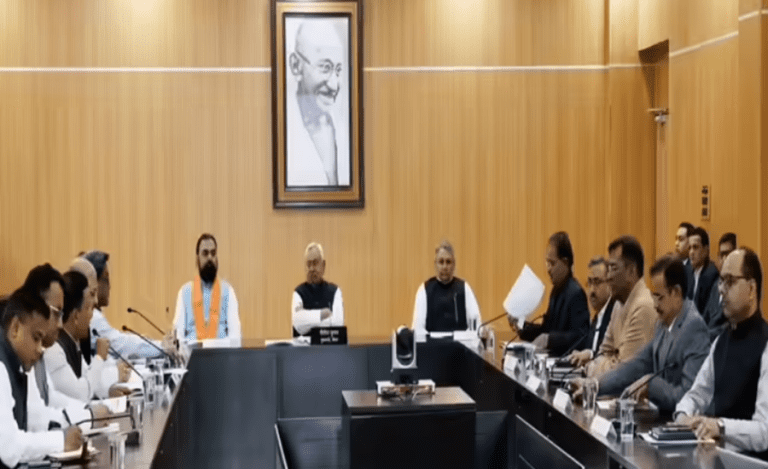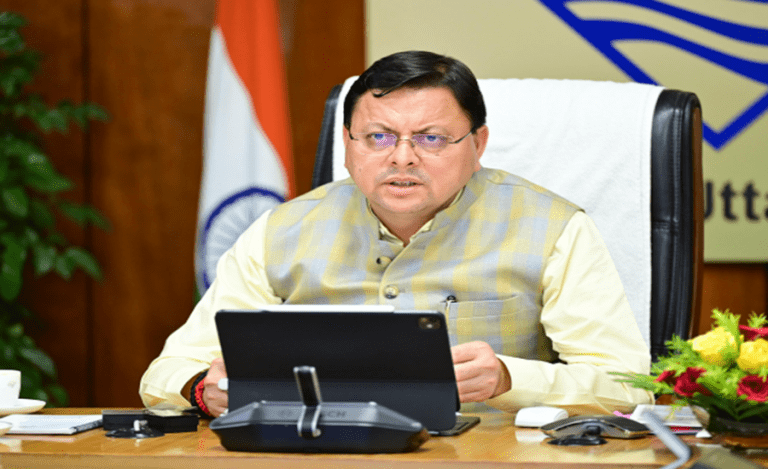In a landmark stride for gender inclusion and national development, the Indian Army is gearing up to induct women cadres into Territorial Army (TA) battalions for the first time. The move—initiated as a pilot project—signals a crucial step toward expanding women’s operational roles in the forces and strengthening India’s commitment to Nari Shakti across defence and governance.
Pilot Induction of Women Cadres: A Structured, Developmental Rollout
According to senior defence sources, the Army has finalized plans to induct women cadres into select Territorial Army battalions as part of the first-phase rollout. The recruitment will initially be limited to a few battalions, with expansion planned after reviewing operational feedback and administrative readiness.
The Territorial Army, established under the Territorial Army Act on August 18, 1948, and inaugurated on October 9, 1949 by India’s first Governor General Mr. C. Rajagopalachari, was built on the principle of a citizen-soldier force. The new initiative continues that legacy by expanding opportunities for able-bodied volunteers—especially women aspiring to serve the nation in uniform.
Government’s Policy Push: Empowering Women Across Forces
Reiterating the government’s consistent emphasis on women’s advancement, former Minister of State for Defence Mr. Ajay Bhatt stated in the Rajya Sabha that women’s combat employment strategy is continuously evolving. Currently, women are commissioned into 10 arms and services, including the Corps of Engineers, Corps of Signals, Army Air Defence, Army Aviation Corps, Intelligence Corps, Judge Advocate General Branch and others, as well as the Armed Forces Medical Services.
The induction of women into TA battalions—especially those with Infantry roles—marks a significant broadening of this framework.
Women in TA (H&H): A Section in Every Selected Battalion
In a parallel development, the Directorate General of Territorial Army has released additional vacancies for 2025–2026 for Infantry Battalions under Home & Hearth (H&H). Out of the 11 H&H battalions, several—particularly those raised in Jammu and Kashmir and the North-East—have designated section-level vacancies for women. Each section comprises 10 soldiers.
With TA H&H battalions generally having 750 to 1,000 personnel drawn from the local population, the inclusion of women marks a structural transformation in their operational composition.
Plans are underway to expand the women’s sections to all TA H&H battalions and gradually increase their numbers as the system stabilizes.
Role of TA: Supporting Civil Administration and National Security
TA H&H battalions play a crucial role in India’s northern and eastern theatres, assisting in counter-terrorism, counter-insurgency duties, intelligence operations, road-opening tasks, and responding to natural disasters. Women’s inclusion strengthens both community engagement and the operational diversity of these units.
The Territorial Army, currently comprising approximately 50,000 personnel across 65 Departmental TA units (such as Railway, ONGC, IOC) and Non-Departmental units including Infantry Battalions (TA), Ecological Battalions, and Engineer Regiments, has served actively in key national operations including the 1962, 1965, and 1971 wars, Operation Pawan, Operation Rakshak, Operation Rhino and Operation Bajrang.
Expanding Citizen-Soldier Impact: TA’s Growing National Role
Earlier this year, during Operation Sindoor, the Ministry of Defence activated 14 of 32 TA Infantry Battalions for deployment until February 2028. The Composite Eco Task Force under the Clean Ganga Mission also continues to support environmental restoration.
With several public icons such as Mr. Nana Patekar, Mr. Mohanlal, Mr. Kapil Dev, Mr. M. S. Dhoni and Mr. Abhinav Bindra having served or held honorary ranks, the TA remains a prestigious platform for national service.
Breaking Barriers, Building the Future
The induction of women soldiers into TA battalions—especially those aligned with Infantry-based roles—marks a groundbreaking step in Indian military history. Initiated with a clear bureaucratic structure, developmental vision and an inclusive national agenda, the move strengthens India’s commitment to gender equality while enhancing defence readiness.
The historic decision aligns seamlessly with the government’s long-term vision of expanding Nari Shakti across critical national institutions, ensuring that women not only participate but lead India’s growth narrative.

